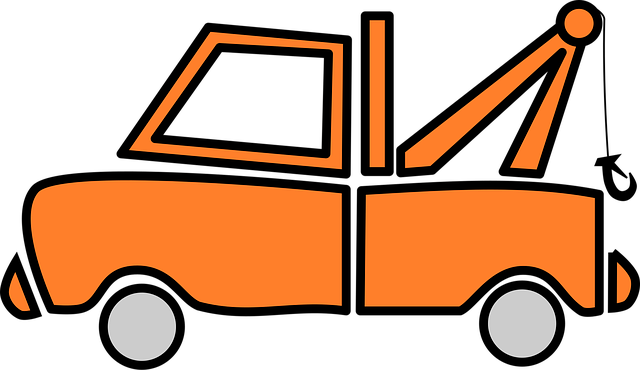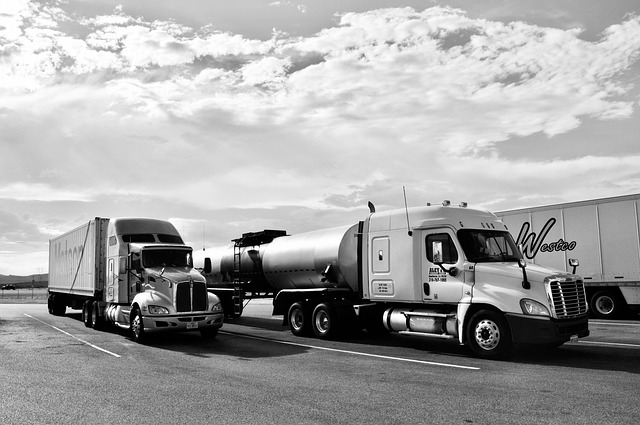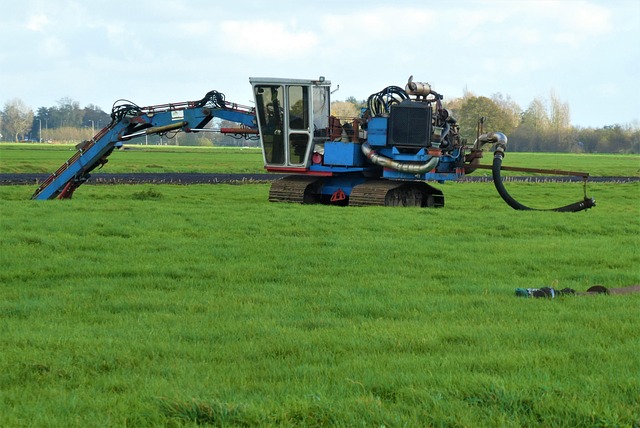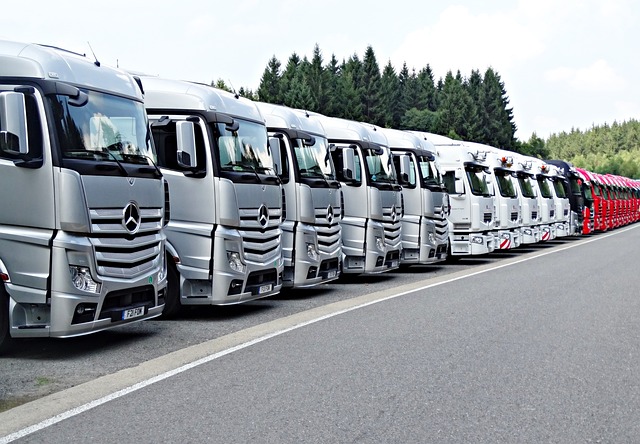Truck owners must update registration and documentation regularly to maintain legal compliance. This involves verifying and modifying details like Gross Vehicle Weight Rating (GVWR) and accurately recording the unique VIN, found on the vehicle and inside the glove compartment. Official updates are completed online through government websites, offering digital forms and document uploads for convenient record-keeping. Local authorities must be contacted to ensure modifications comply with size, weight, and safety regulations, preventing legal issues and ensuring safe trucking operations.
Staying up-to-date with your truck’s information is crucial for safety and legal compliance. This guide will walk you through the process of updating essential vehicle details, focusing on trucks. From understanding registration changes to verifying updates with local authorities, we’ll cover every step. Learn how to locate your truck’s Identification Number, access official government websites, complete online forms seamlessly, and upload necessary documents efficiently. Ensure your truck’s info is accurate and current – it matters!
- Understanding Vehicle Registration Updates
- Locating Your Truck's Identification Number
- Accessing Official Government Websites
- Completing Online Registration Forms
- Uploading Necessary Documents
- Verifying Changes with Local Authorities
Understanding Vehicle Registration Updates

Vehicle registration updates are an essential part of owning a car or truck, ensuring that your vehicle’s information remains current and accurate. This process involves regularly reviewing and modifying the details on your registration documents to reflect any changes in ownership, address, or other significant modifications. For trucks, this might include updating the gross vehicle weight rating (GVWR) if you install additional equipment or make structural changes that affect the overall weight capacity.
Understanding these updates is crucial, especially for truck owners, as it not only keeps your vehicle legally compliant but also ensures safety standards are met. Regular registration renewals and accurate documentation can help prevent issues like fines or, in severe cases, legal restrictions on your vehicle’s use. It’s a simple yet vital step to maintain the integrity of your trucking operations.
Locating Your Truck's Identification Number

Every truck has a unique Identification Number (VIN), which serves as its fingerprint in the world of vehicles. Locating this number is the first step in updating any information related to your truck. You can find it in several places, designed for easy access by both owners and mechanics. One common spot is on the driver’s side of the vehicle, usually etched or stamped on a metal plate near the door frame. It might be partially obscured by trim pieces or other components, but it’s there! For models produced after 1980, you can also check under the hood—often on the engine block or the firewall.
Some trucks may have their VINs listed inside the vehicle, such as in the glove compartment or on a label within the cab. Additionally, your truck’s registration documents or insurance paperwork will always display this crucial number. Knowing and keeping track of your VIN is essential for accurate record-keeping and ensuring any updates to your truck’s information are correct and official.
Accessing Official Government Websites

To ensure accurate and official updates for your vehicle information, especially for crucial details like registration, ownership, and specifications, accessing government websites is a reliable first step. These platforms are designed to provide up-to-date, verified data, making them the gold standard for vehicle record management. For truck owners, this process can be as simple as visiting the dedicated transportation or motor vehicle department (MVD) website specific to your region.
Official government sites offer a user-friendly interface where you can search and update records with ease. They typically provide clear instructions and forms tailored for different types of vehicles, including trucks. By utilizing these resources, truckers can conveniently manage their vehicle details, ensuring compliance and a seamless experience throughout the update process.
Completing Online Registration Forms

Completing online registration forms is a seamless and efficient way to update vehicle information, especially for truck owners. Many government transportation departments now offer digital platforms that allow drivers to manage their details quickly. When updating info for your truck, ensure you have all necessary documents ready. This includes proof of ownership, insurance, and any recent registrations or inspections. Fill out the forms accurately, providing precise data like vehicle identification numbers (VIN) and current contact information.
The process is designed to be user-friendly, guiding you step by step. Input your truck’s make, model, and year, along with any unique identifiers. Most systems will also ask for details on how you use the vehicle—for personal or commercial purposes—as this can impact certain regulations and fees. Always double-check your entries before submission to avoid errors that might cause delays in updating your truck’s registration.
Uploading Necessary Documents

When updating vehicle information, particularly for trucks, uploading necessary documents is a crucial step. These include registration certificates, insurance policies, and proof of ownership, which are essential for maintaining compliance with local laws and regulations. It’s important to ensure that all documents are current and accurate, as any discrepancies can lead to penalties or issues when presenting your vehicle for inspection.
For trucks, additional documentation may be required, such as cargo permits, weight certificates, or safety inspection reports. Ensure these are readily available and easily accessible during the update process. Digital copies of these documents should also be uploaded alongside physical ones for quick reference and easy retrieval, especially if you’re ever stopped by authorities.
Verifying Changes with Local Authorities

Before making any changes to your vehicle’s information, it’s crucial to verify that they are legally acceptable and up-to-date with local authorities. This is particularly important for trucks, which often face stringent regulations regarding size, weight, and safety standards. Contacting your local Department of Motor Vehicles (DMV) or relevant transport authority is the first step. They can provide you with the latest guidelines on what modifications are permitted and ensure your vehicle complies with all necessary laws.
This verification process is essential to avoid legal issues down the line. Different regions have distinct rules, so staying informed about local regulations allows you to make accurate updates, whether it’s changing truck registration details or modifying weight capacity. It also helps prevent fines or potential vehicle impoundment, ensuring your trucking operations run smoothly and efficiently.
Updating your vehicle information, especially for trucks, is a straightforward process once you understand the steps. By following these guidelines, from identifying your truck’s unique ID to verifying changes with local authorities, you can ensure your registration remains current and accurate. Remember, staying on top of these updates is crucial for smooth driving experiences and avoiding any legal complications.
